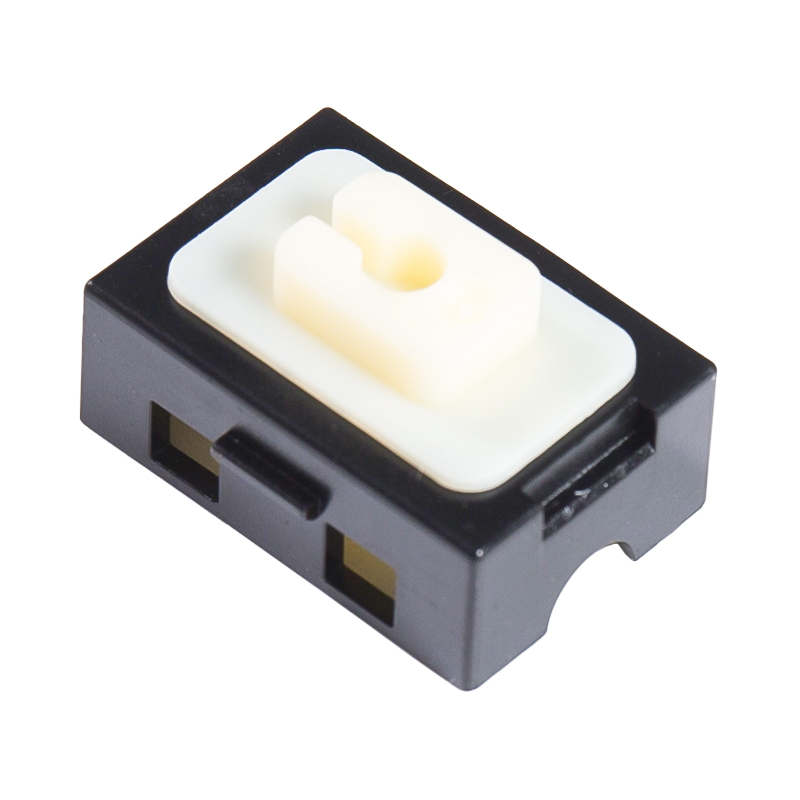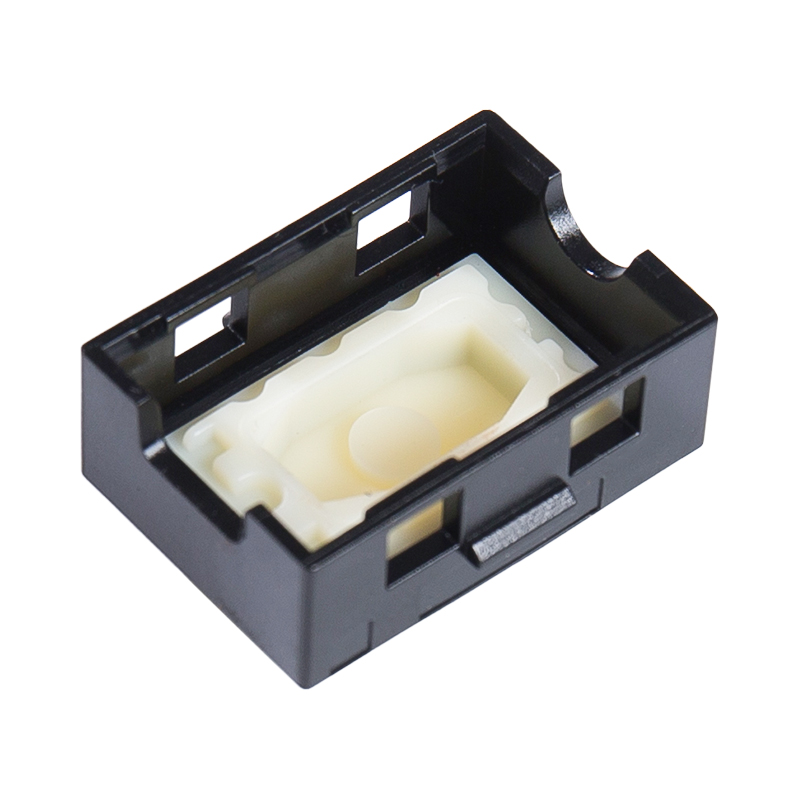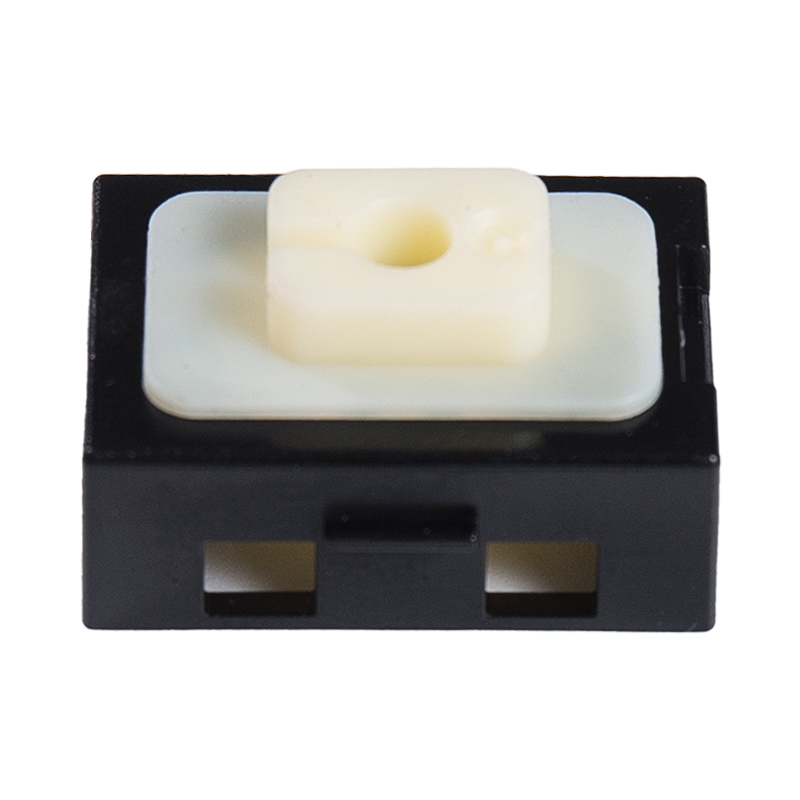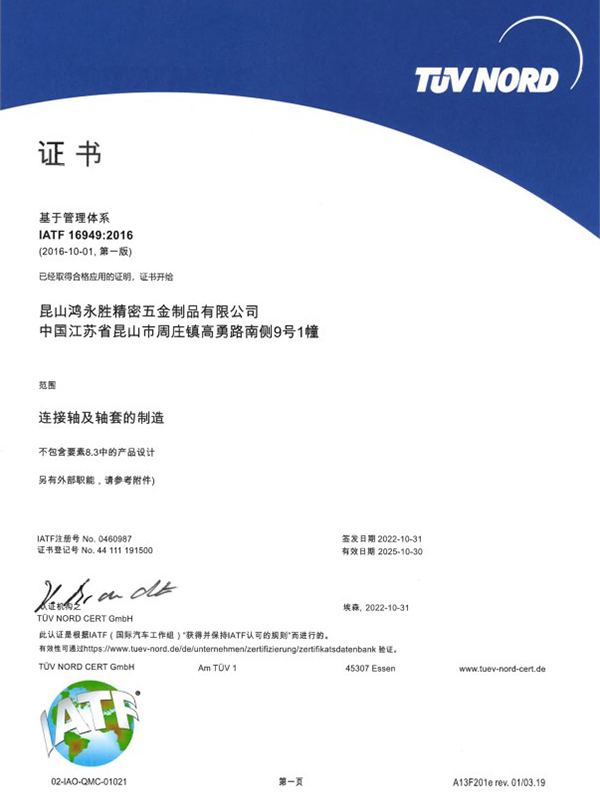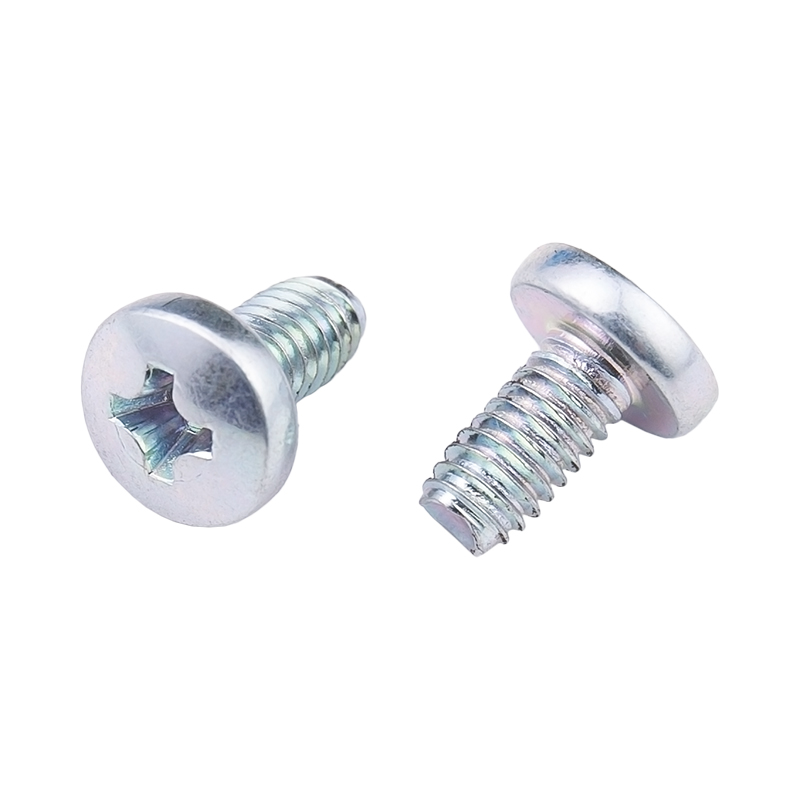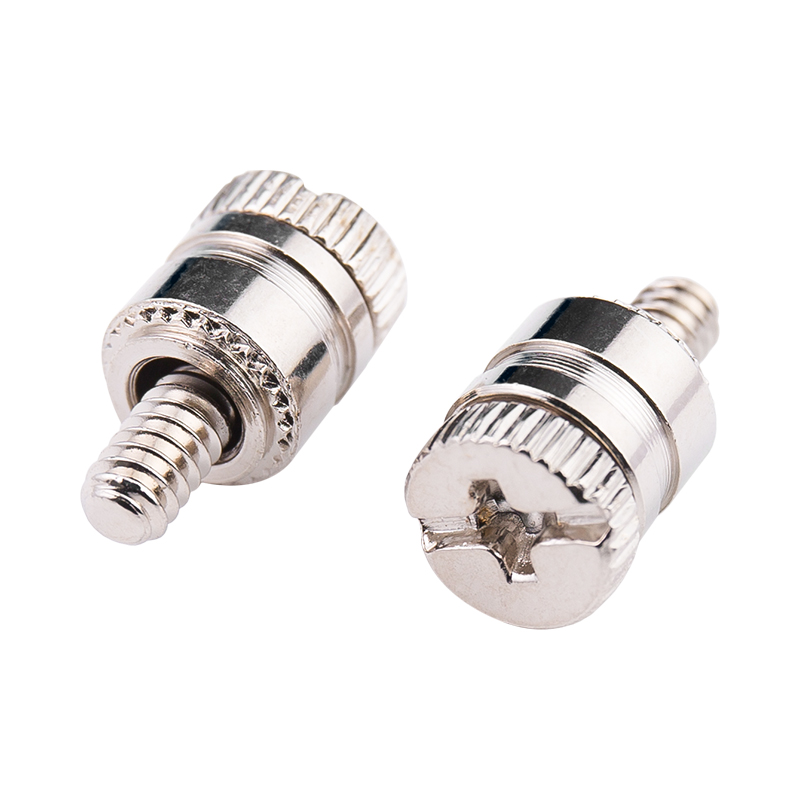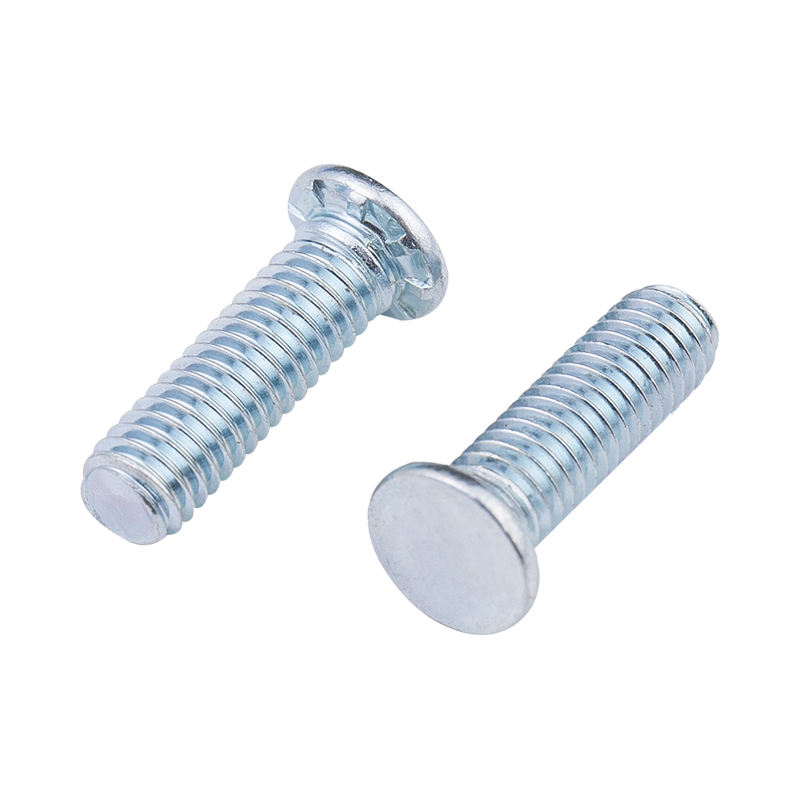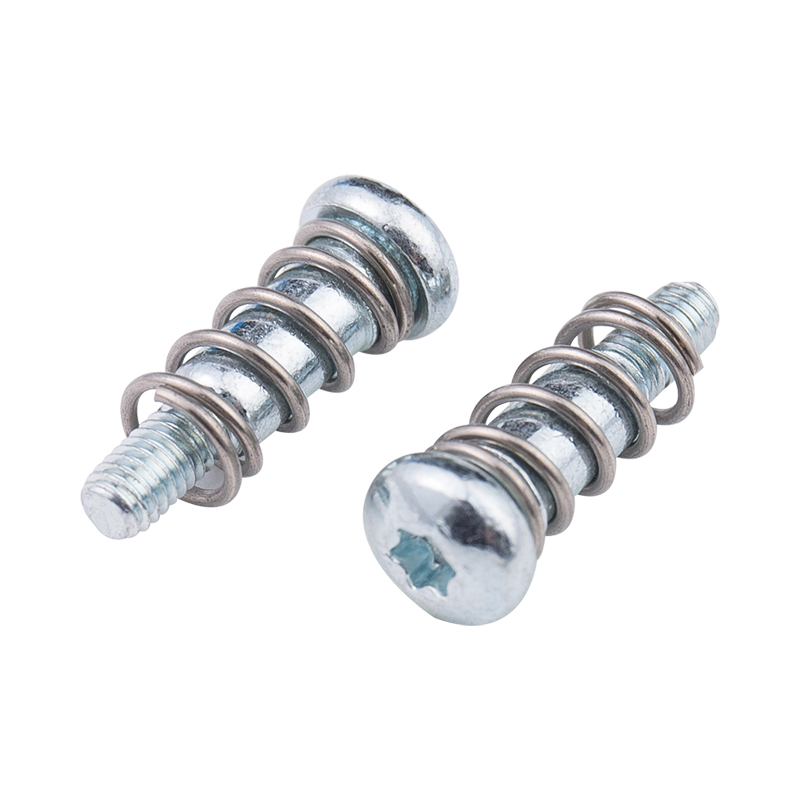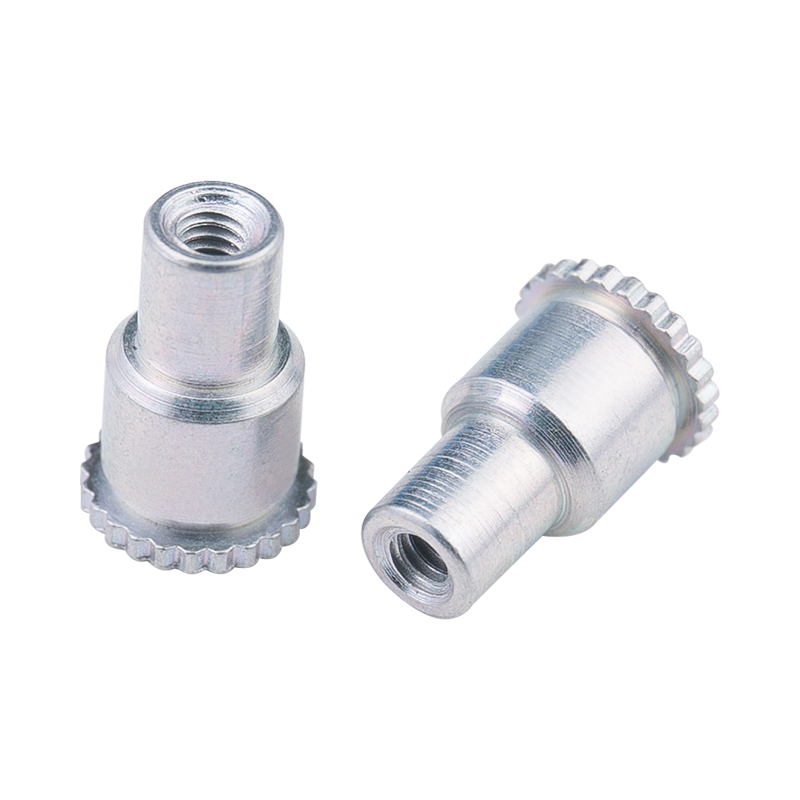PC/TPR
Pulsanti per attrezzature per sovrastampaggio di materiali PC/TPR
Il pulsante è una comune parte stampata ad iniezione, composta da due materiali: PC (policarbonato) e TPR (elastomero termoplastico). Il PC, come materiale esterno, ha sia resistenza all'usura, resistenza agli agenti atmosferici e resistenza alla corrosione chimica. Allo stesso tempo, il materiale del PC ha anche una buona trasparenza, rendendo i pulsanti più belli e di fascia alta nell'aspetto. Il TPR, come materiale interno, conferisce ai tasti un buon tocco ed elasticità, facendo sentire gli utenti a proprio agio quando li premono. Migliora inoltre le prestazioni antiscivolo dei tasti e migliora l'esperienza operativa dell'utente. I materiali chiave hanno una forte adesione, non sono facili da staccare e non sono facili da invecchiare e deformare. Sono ampiamente utilizzati in prodotti elettronici, elettrodomestici, automobili e altri campi.
Descrizione del prodotto
We also custom Pulsanti per attrezzature per sovrastampaggio di materiali PC/TPR for our busienss to business customers.
-
Bulloni a croce a testa tonda svolgere un ruolo impOtante nella industria del mobile , dove entrambi robustezza strutturale E appeal estetico ...
READ MORE -
Come è progettata la testa di una vite a esagono incassato e quali sono i vantaggi di questo design?
IL disegno della testa di a vite a testa cilindrica con esagono incassato è una delle sue caratteristiche più distintive e offre numerosi vantaggi funzionali. Analizziamo il design e ...
READ MORE -
Viti in acciaio al carbonio sono ampiamente utilizzati nell'edilizia, nell'automotive, nei macchinari, nell'arredamento e in innumerevoli altri settori grazie alla loro elevata...
READ MORE -
Viti in acciaio inossidabile sono ampiamente utilizzati nei settori dell'edilizia, dei macchinari, dei mobili, dell'elettronica e dei beni di consumo e la loro versatilità deriva no...
READ MORE -
Dadi per rivetti a pressione , noti anche come inserti filettati a pressione o inserti filettati ciechi, sono componenti di fissaggio versatili utilizzati per fornire connessioni filet...
READ MORE



